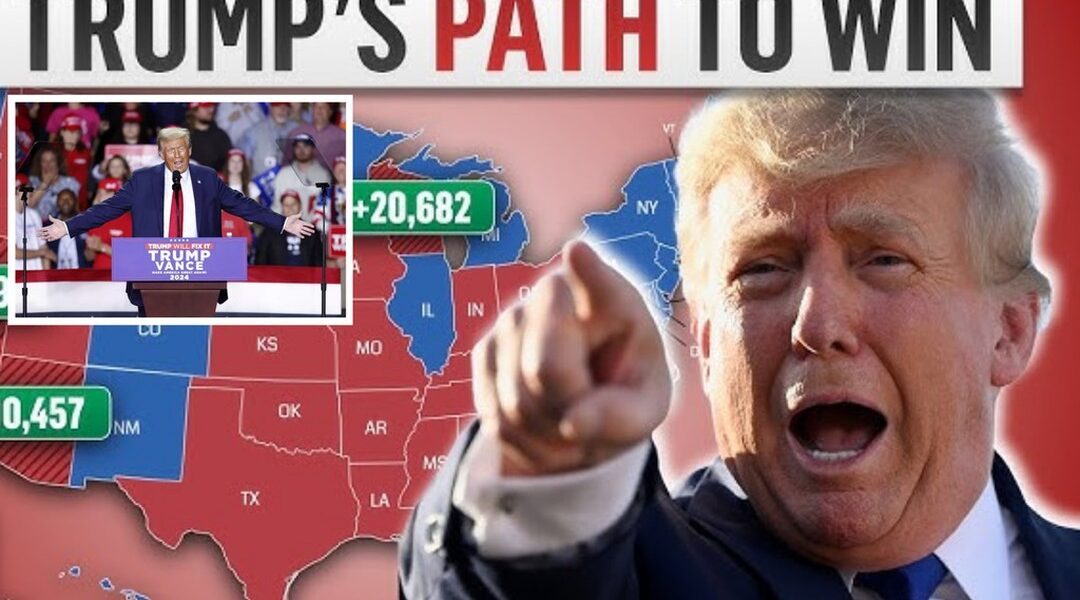Breaking: What Does Donald Trumps Presidential Win Mean for the Future of the Economy? Unpacking the Surprising Impacts
Breaking: What Does Donald Trumps Presidential Win Mean for the Future of the Economy? Unpacking the Surprising Impacts
📈 Immediate Market & Investor Response
Investors reacted swiftly. The U.S. dollar, stock futures, and bitcoin surged, while Treasury yields climbed—signaling expectations of tax cuts, deregulation, and higher interest rates under Trump’s return . The S&P 500 and small-cap indices reached record highs, fueled by optimism over rolling back business constraints .
🏛️ Trumponomics in Action
Tax Cuts & Deregulation
Trump proposes reviving and expanding his 2017 tax cuts, targeting lower corporate rates and reduced individual taxes on Social Security, tips, and overtime. Critics warn this could add $5–11 trillion to the deficit over a decade .
Aggressive Tariffs
A wave of tariffs has been introduced: 25–35% on Canada/Mexico, 20% baseline, higher rates on China (up to 60%), even 100% on automobiles and BRICS currencies . These contribute to trade tensions and rising consumer costs.
⚠️ Risks & Economic Warning Signals
-
Market volatility: While stocks thrive, bond markets have cooled, and investors warn of inflation and debt strain .
-
GDP slowdown risk: Q1 2025 saw a 0.5% GDP contraction, with signs of weakening business activity .
-
Consumer impact: Tariffs are projected to shrink GDP by 0.4%, increase unemployment by 0.4 points, and cost households $1.9–2.3k/year in living expenses .
🌍 Global Trade Ripples
-
Canada, EU, Latin America are already feeling the impact of U.S. protectionism: commodities like copper, coffee, and agricultural goods face strain .
-
Emerging markets may suffer from capital flight and stronger dollar, while developed economies reassess supply chains .
🔍 Medium-Term Outlook: Winners & Losers
-
Banks & traders are profiting from volatility—second-quarter trading revenues hit ~$26B.
-
Manufacturing sees some gains via reshoring, but rising input costs and inflation could limit growth .
-
Energy & fossil fuel industries benefit from deregulation and reserve fills, while ESG and renewables face uncertainty .
👥 Societal and Political Divide
A new analysis shows the U.S. has become two economies:
-
Urban, affluent regions often see favorable growth and market gains.
-
Rural, lower-income areas face inflation, debt, and slower wage growth—as some Trump policies may disproportionately burden them
Trump’s return sets a bold economic agenda focused on fiscal expansion, tariff-driven protectionism, and deregulation. While short-term gains in markets and business sentiment were immediate, long-term concerns loom—rising deficits, trade tensions, inflation, consumer costs, and global economic ripple effects. The economy is stable for now, but closely watched indicators may define whether this era becomes one of renewed growth or mounting instability.



